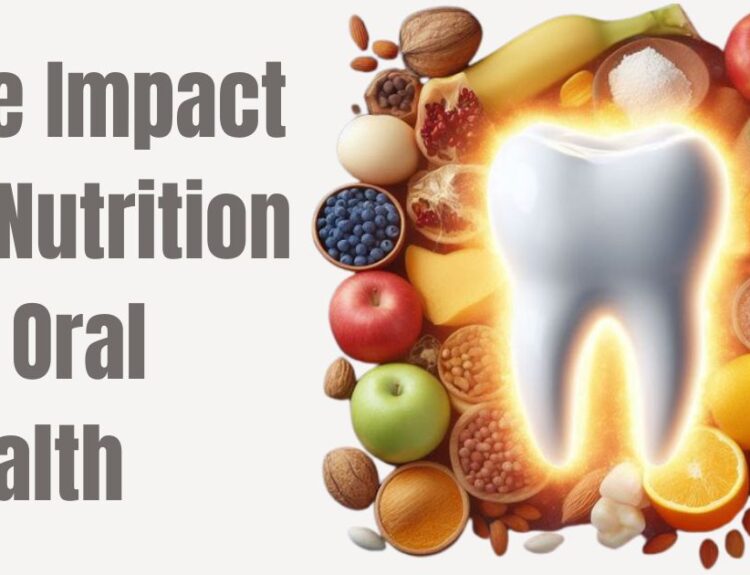Retrognathia is a condition in which the lower jaw of a person is in an abnormal position in relation to the upper jaw. Some children are born with retrognathia, while others develop it as their jaws grow. It can lead to a variety of adverse effects including oral and systemic.
Oral Issues
Malocclusion: Misalignment of the teeth, such as an overbite. The upper teeth protrude significantly over the lower teeth.
Crowding or Spacing: Teeth may become crowded or spaced improperly due to the jaw bone mismatch.
Tooth Wear: Uneven wear on teeth due to improper biting surfaces meeting.
Chewing Difficulties: Reduced ability to chew food effectively, which can impact digestion and nutrition.
Systemic Problems
Breathing Problems: In severe cases, it can contribute to obstructive sleep apnea or snoring due to restricted airway space.
Chronic Pain: Misalignment can cause chronic pain in the jaw, neck, or shoulders due to muscle strain.
Growth Problems in kids: If untreated, it can affect the growth and development of the jaw and facial structures.
Speech Issues: Speech impediments, such as lisping or difficulty pronouncing certain sounds.
Temporomandibular Joint (TMJ) Disorders: Increased risk of jaw pain, clicking, or locking due to improper jaw alignment.
Facial Imbalance: A recessed chin or “weak chin” appearance, which can affect facial symmetry and profile. It gives esthetic concerns that may lead to reduced confidence or self-esteem in some individuals.
Treatment Options
Non-Surgical Treatment: These are generally used for children and adolescents whose jaws are still growing.
Orthodontic Appliances: These are devices, such as braces and headgear, that can correct the jaw position and improve teeth alignment. The goal is to modify jaw growth and guide it into a more ideal position.
Jaw Advancement Devices: These are oral appliances that you wear at night to hold the lower jaw forward. They are commonly used to treat obstructive sleep apnea, a common complication of retrognathia.
Surgical Treatment: Surgery is typically the only option for adults after their jaws have finished growing, or for severe cases in younger patients.
Orthognathic Surgery: This is a corrective procedure that repositions the jawbones. A common type for retrognathia is a bilateral sagittal split osteotomy, where the lower jaw is carefully cut on both sides and moved forward.
Distraction Osteogenesis: This technique involves surgically cutting the jawbone and then using a device to gradually pull the two segments apart. This process stimulates the growth of new bone in the gap. It is often a preferred surgery for infants born with retrognathia, as it helps create more bone and can improve airway obstruction.
If you think you or your child or colleague has this condition, an orthodontist can determine and guide you the best course of action.






